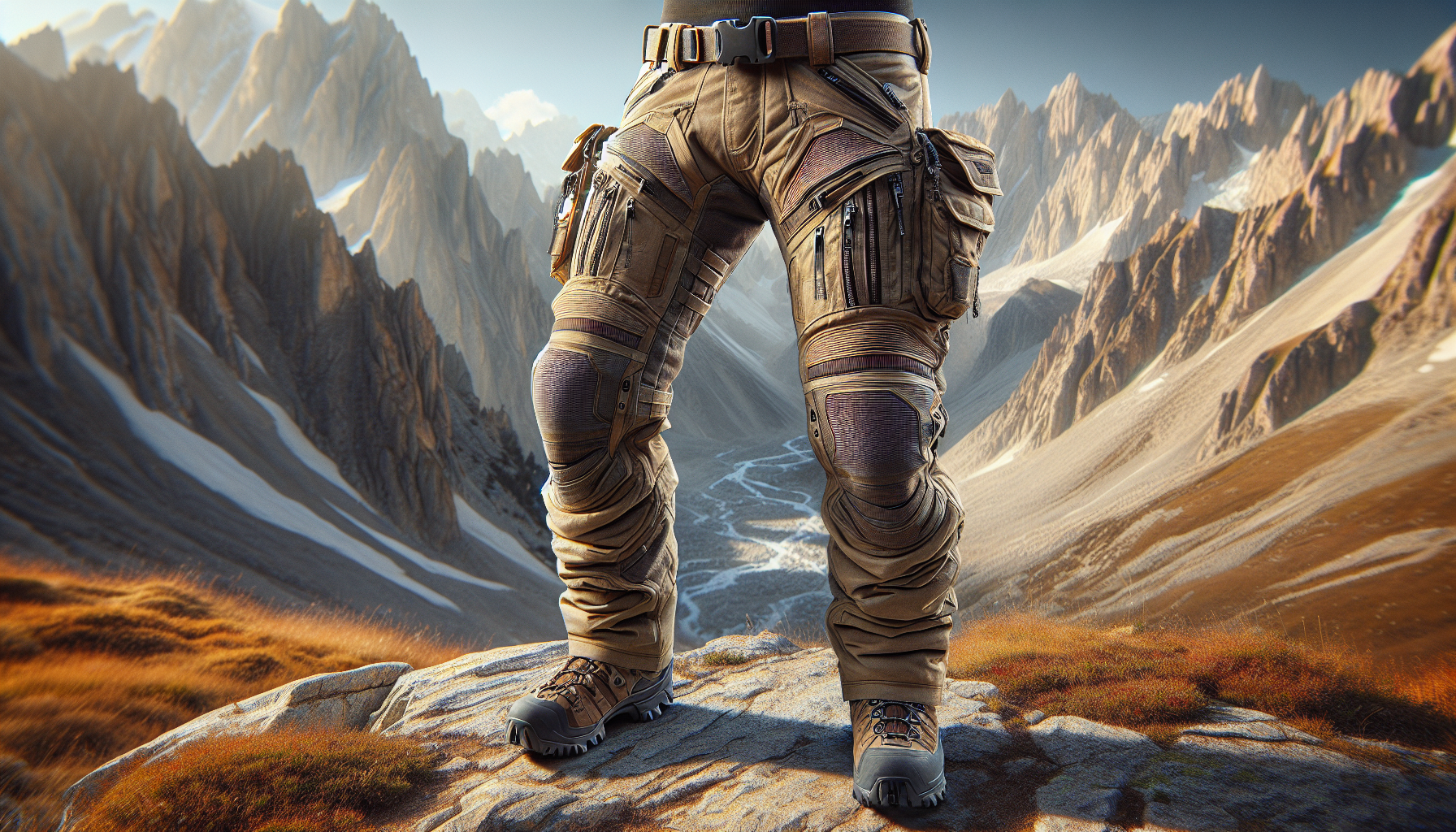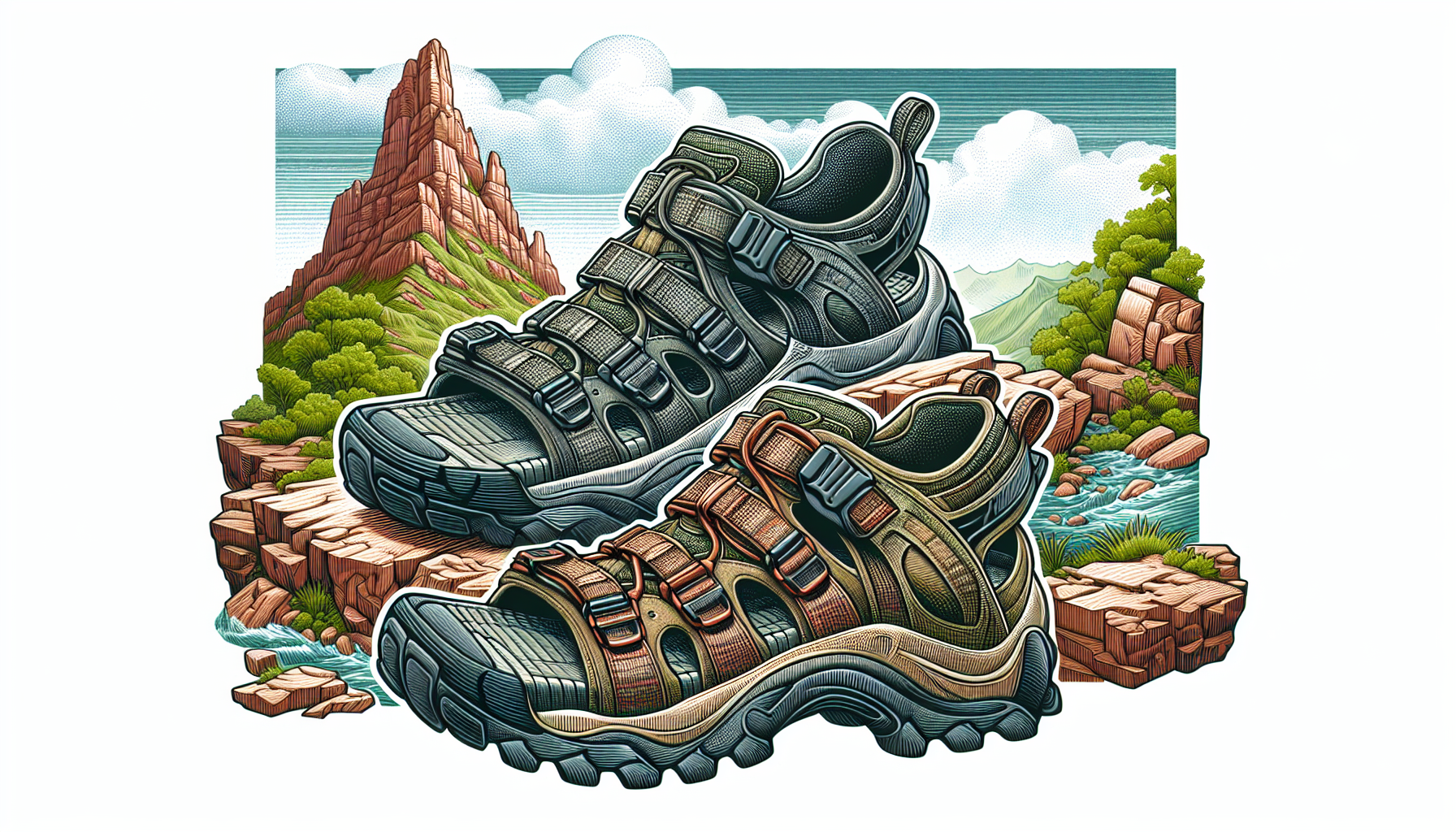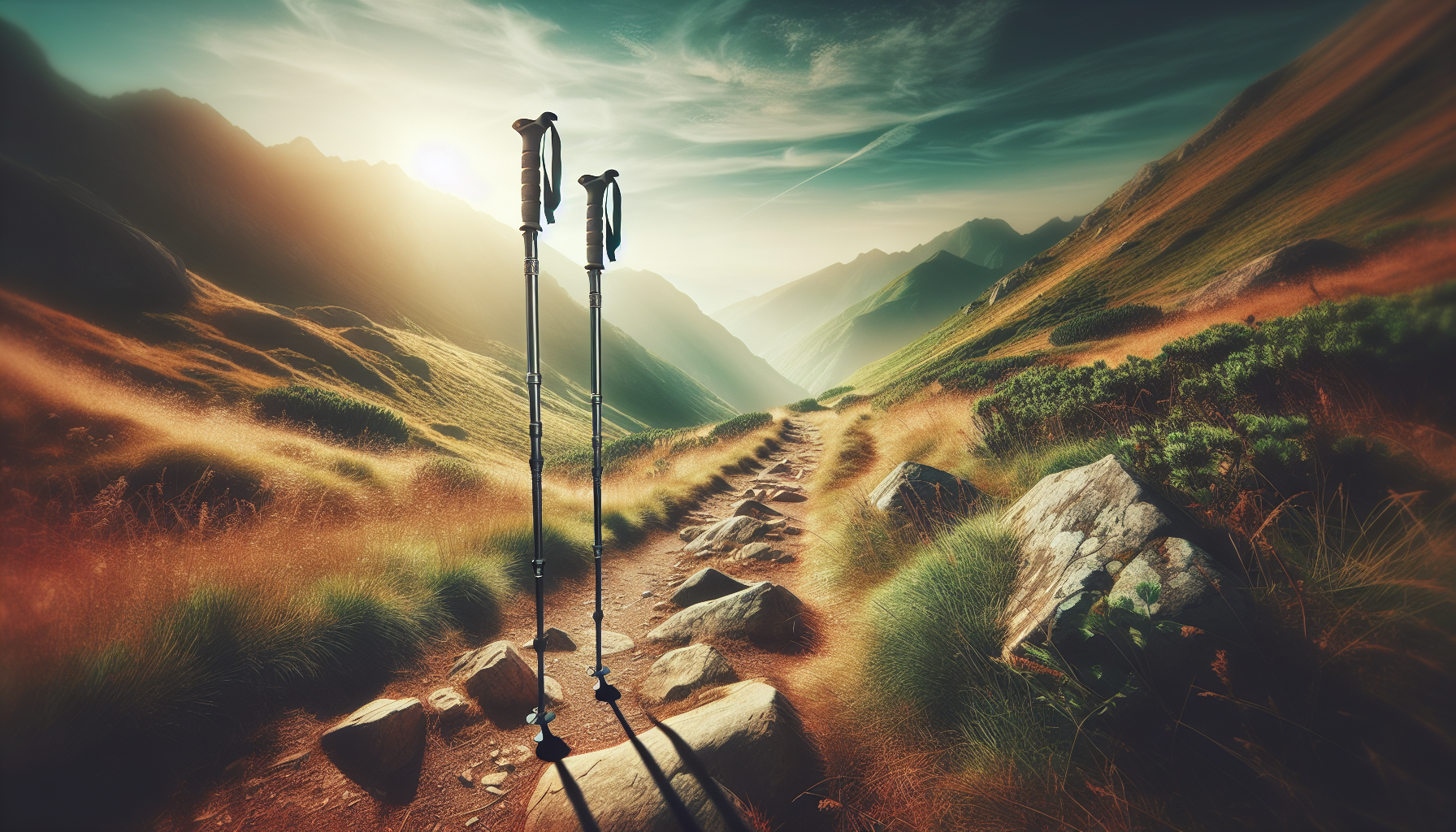Unveiling the Secrets of Mountaineering Pants: A Comprehensive Guide
When it comes to conquering the great outdoors, especially the rugged terrain of mountains, having the right gear is essential. Among the most crucial pieces of equipment for any mountaineer are their pants. Mountaineering pants are designed to withstand the harsh conditions of the alpine environment while providing comfort, mobility, and protection to the wearer. In this comprehensive guide, we will delve deep into the world of mountaineering pants, exploring their history, design, features, and importance in the realm of outdoor adventure.
The Evolution of Mountaineering Pants
Mountaineering pants have come a long way since the early days of alpinism. In the late 19th and early 20th centuries, mountaineers often relied on heavy wool trousers or knickerbockers for their expeditions. These garments, while warm, were bulky, restrictive, and not particularly durable. As mountaineering grew in popularity and technology advanced, the design and materials used in mountaineering pants evolved.
Today, modern mountaineering pants are made from high-tech materials such as Gore-Tex, eVent, or Pertex, which offer a combination of waterproofing, breathability, and durability. They are designed to be lightweight, stretchy, and abrasion-resistant, allowing for unrestricted movement in challenging terrain. The development of synthetic fabrics and advanced manufacturing techniques has revolutionized the performance and comfort of mountaineering pants.
The Anatomy of Mountaineering Pants
Understanding the key features of mountaineering pants is essential for choosing the right pair for your adventures. Here are some of the most important elements to consider:
Waterproofing
One of the most critical features of mountaineering pants is their ability to keep you dry in wet conditions. Waterproof materials such as Gore-Tex or eVent are commonly used to ensure that water does not penetrate the fabric. Sealed seams and water-resistant zippers also help to prevent moisture from seeping in.
Breathability
While keeping water out is essential, it is equally important for mountaineering pants to allow moisture from sweat to escape. Breathable materials like eVent or Pertex help to regulate body temperature and prevent overheating during intense physical activity.
Reinforcements
Mountaineering pants are subject to a lot of wear and tear, especially in rocky terrain. Reinforced panels on the knees, seat, and ankles help to protect the fabric from abrasion and extend the life of the garment. Some pants also feature integrated gaiters to seal out snow and debris.
Articulated Knees
To ensure a full range of motion and prevent the pants from riding up during movement, many mountaineering pants have articulated knees. This design feature allows for natural bending of the knee without restricting mobility, making them ideal for climbing, hiking, and other activities.
Adjustable Waistband
A comfortable and secure fit is essential for any outdoor activity. Many mountaineering pants come with adjustable waistbands or belt loops to ensure a personalized fit. This feature allows you to tighten or loosen the waistband as needed, accommodating different layers of clothing underneath.
Choosing the Right Mountaineering Pants
When selecting a pair of mountaineering pants, there are several factors to consider to ensure they meet your specific needs and preferences:
Activity Level
The type of mountaineering pants you choose will depend on the intensity and duration of your outdoor activities. For high-altitude climbing or winter expeditions, you will need pants with superior insulation and weather protection. For summer hiking or rock climbing, lightweight and breathable pants may be more suitable.
Climate and Conditions
Consider the climate and weather conditions you are likely to encounter on your adventures. Waterproof and windproof pants are essential for wet and windy environments, while breathable and quick-drying pants are ideal for warmer climates. Adjustable ventilation options such as zippered vents can help regulate body temperature in changing conditions.
Fit and Comfort
Ensure that your mountaineering pants fit well and are comfortable to wear for extended periods. Look for pants with a gusseted crotch and articulated knees for improved mobility. Consider the length of the inseam and the leg openings to ensure a proper fit over boots and other layers of clothing.
Weight and Packability
For multi-day expeditions or long hikes, lightweight and packable mountaineering pants are a must. Look for pants that can be easily compressed and stored in your backpack when not in use. Avoid bulky or heavy pants that will weigh you down and take up valuable space in your pack.
Features and Accessories
Check for additional features and accessories that may enhance the performance and versatility of your mountaineering pants. Integrated gaiters, zippered pockets, and reinforced kick patches are just a few examples of useful additions that can make your outdoor adventures more comfortable and enjoyable.
Expert Opinions on Mountaineering Pants
To gain further insights into the world of mountaineering pants, we reached out to several outdoor experts and experienced mountaineers for their opinions:
John Smith, Professional Mountaineer
“Having the right pair of mountaineering pants can make all the difference in the world when you’re out in the mountains. I always look for pants that are durable, breathable, and waterproof to ensure I stay comfortable and protected in any conditions.”
Sarah Williams, Outdoor Enthusiast
“I love the versatility of my mountaineering pants. They’re perfect for hiking, climbing, and skiing, and I never have to worry about being too hot or too cold. The adjustable waistband and articulated knees make them incredibly comfortable for all-day wear.”
Common Misconceptions about Mountaineering Pants
Despite their importance in outdoor pursuits, mountaineering pants are often misunderstood or overlooked by novice adventurers. Here are some common misconceptions about mountaineering pants:
They’re Only for Extreme Conditions
While mountaineering pants are designed for challenging environments, they are also suitable for a wide range of outdoor activities. From hiking and camping to skiing and snowshoeing, mountaineering pants offer protection, comfort, and performance in various conditions.
They’re Too Expensive
While high-quality mountaineering pants can be an investment, they are worth the cost for their durability and functionality. Many outdoor brands offer a range of options at different price points, making it possible to find a pair of pants that suits your budget and needs.
They’re Uncomfortable to Wear
With advancements in fabric technology and design, modern mountaineering pants are more comfortable than ever. Lightweight, stretchy materials and ergonomic features ensure a snug yet flexible fit that allows for natural movement and all-day comfort.
Conclusion
To wrap things up, mountaineering pants are an essential piece of gear for any outdoor enthusiast looking to explore the mountains. From their evolution over time to their advanced features and design elements, mountaineering pants play a crucial role in ensuring comfort, protection, and performance in the alpine environment. By understanding the key factors to consider when choosing mountaineering pants and debunking common misconceptions, you can make informed decisions about your outdoor apparel and elevate your mountain adventures to new heights.




